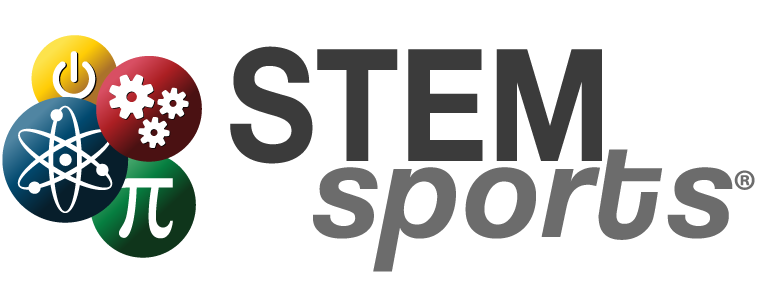Science, technology, engineering, and math (STEM) subjects can be difficult to implement in the classroom – especially at the K-2 grade level. Despite the possible challenges when starting to implement STEM in early education, there are many benefits to students who have early exposure to these subjects. Educators, facilitators, and parents should be exposing students to STEM education early on to promote STEM literacy and comfortability in the subjects.
If you are not sure how to utilize STEM curricula or what next steps are – you are in the right place! STEM Sports® has created a comprehensive tips and tricks guide for educators and facilitators looking to implement STEM with their K-2 students.
Create an Inclusive Environment
STEM subjects are often intimidating to students, especially early on in their education. Inclusion in STEM can mean anything from the environment we create in the classroom to who students can look up to in the world around them. Below is a list of ways that educators can create an inclusive environment for students:
- Show students that failing is okay and trying again is encouraged.
- Promote clubs and groups that students can join at school or in the local area.
- Introduce students to successful STEM role models at the high school, college, or professional level. It is important for students to see successful individuals that vary in race and gender. While this seems simple, this can be the difference in students creating a passion for STEM and continuing so throughout their education.
- Create a big buddy program with students at a higher grade level. For example, students can be paired with 4-6 graders who have already learned the curriculum.
Vary Lesson Topics and Approaches to Cater to Different Interests
As educators, we know that students do not all learn in the same way or have the same interests. Teaching different STEM lessons with varying educational approaches is the most effective way to maximize student engagement.
Educational Approaches
- Project-based learning: Students develop and use STEM skills in a project setting. This learning style is a longer process and allows students to work in groups.
- Problem-based learning: Students start with a problem and use their STEM knowledge to analyze and find a solution.
- Inquiry-based learning: Students use critical thinking skills to identify problems, ask questions, and find solutions. These lessons are usually student-led with teachers there to provide assistance if needed.
- Indoor vs outdoor learning: Depending on where you live, what the environment is, and the time of year, you can take lessons outdoors. Getting students physically active during their education has positive benefits to their performance and mental health.
Facilitation Approaches
When creating a STEM lesson plan, finding a way to use cross-curricular instruction can enhance student engagement and retention. Below is a list of tools that can be used as drivers for STEM lessons.
- Sports
- STEM Sports® uses sport as a way to facilitate STEM lessons using real-world, tangible examples.
- Literature
- Art
- History
- And many more! Do not be afraid to get creative when creating STEM lesson plans.
Be Hands-On
STEM lessons are a great way to get students active in their education through hands-on learning – especially at the K-2 level. Hands on learning ensures that students stay engaged and involved in their lessons. Alongside increased engagement, this learning method has also been proven to give students a deeper understanding of what they are learning.
Go With the Flow
When teaching STEM to kindergarten, first grade, and second grade students, it is important not to focus too much on making sure the lesson goes according to plan – things will often change and educators will have to pivot. That is okay! Depending on how well students are grasping the lesson and their engagement levels – it is okay to repeat a section or change how you are approaching the subject matter.
STEM is not cookie cutter and neither are our students. It is okay to pivot, learn from mistakes, and change approaches in future lessons. This will help to provide students with high quality STEM education that maximizes their learning potential.
Create Real-Life Scenarios
Providing students real-world examples allows them to connect what they are learning to the world around them. That is why hands-on and cross-curricular teaching methods are so effective. Teaching students a lesson and allowing them to use that knowledge in real life scenarios helps them to retain the information, score better on standardized tests, and prepares them to use these skills in the workforce.
With STEM Sports® curricula, each lesson connects to a real-world example in sports. Each module also includes a section that provides students with STEM jobs in sports that connect to what they are learning. This answers the question ‘why am I learning this’ and gives students examples of what they can do in the future if they continue improving their STEM literacy.
Incorporate STEM with a STEM Sports® Curriculum
STEM Sports® curricula is separated by grade band. This is done purposefully to allow lessons to cater to the skill sets and motor skills of each grade level. This differentiation allows educators to align with Next Generation Science Standards (NGSS), Common Core State Standards (CCSS), and K-12 Physical Education Standards when applicable.
The STEM Multi-Sport K-2 Curriculum Kit provides eight (8) lessons using basketball, football, golf, and soccer. This curriculum can be utilized in classrooms, after school programs, summer camps, or home school settings. If you are an educator or administrator interested in learning more about the STEM Sports® curricula, click here.
